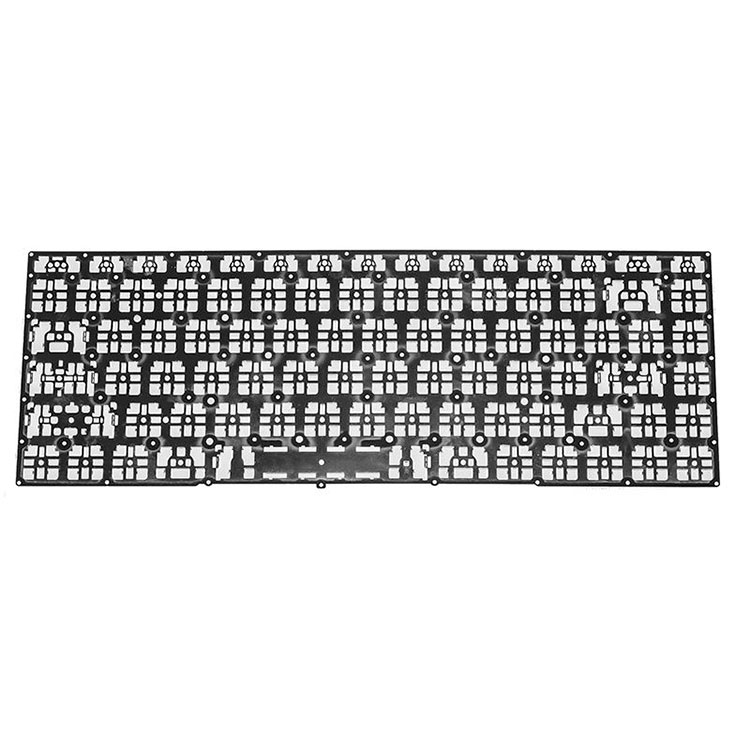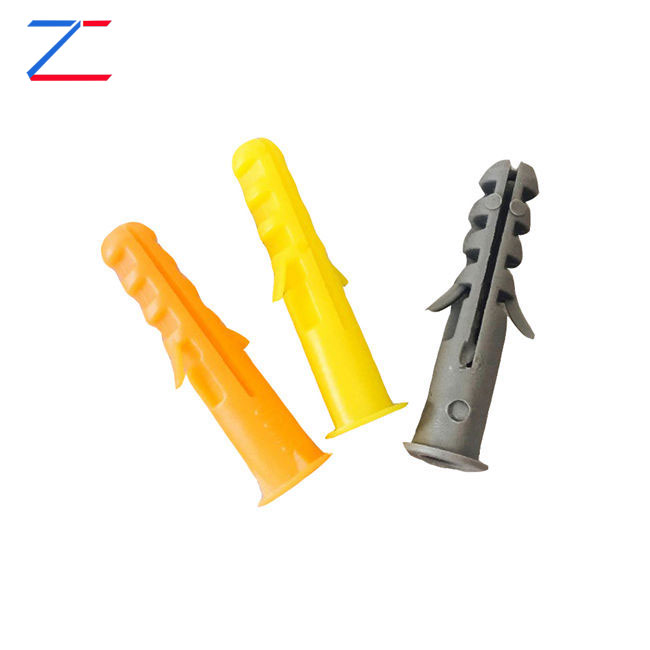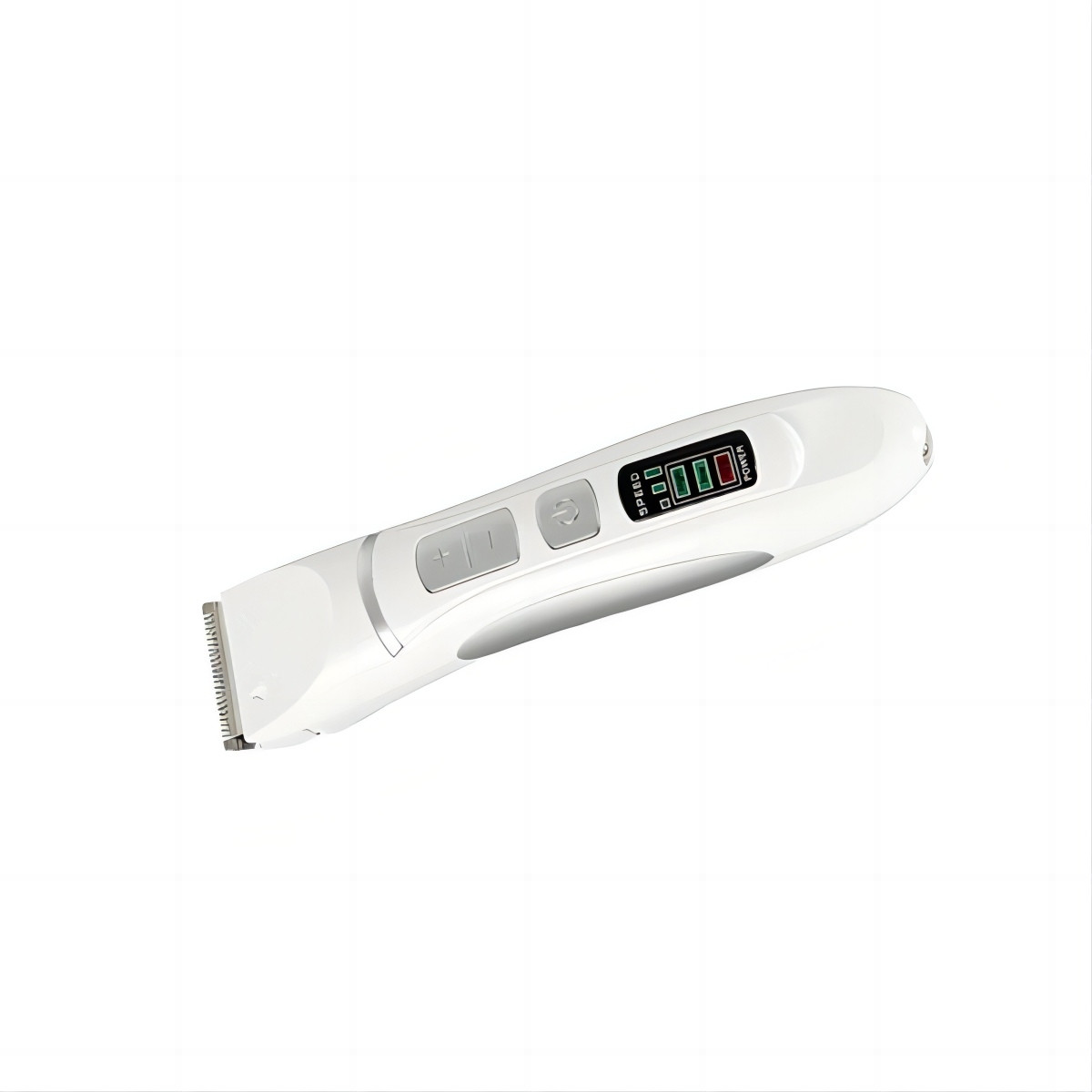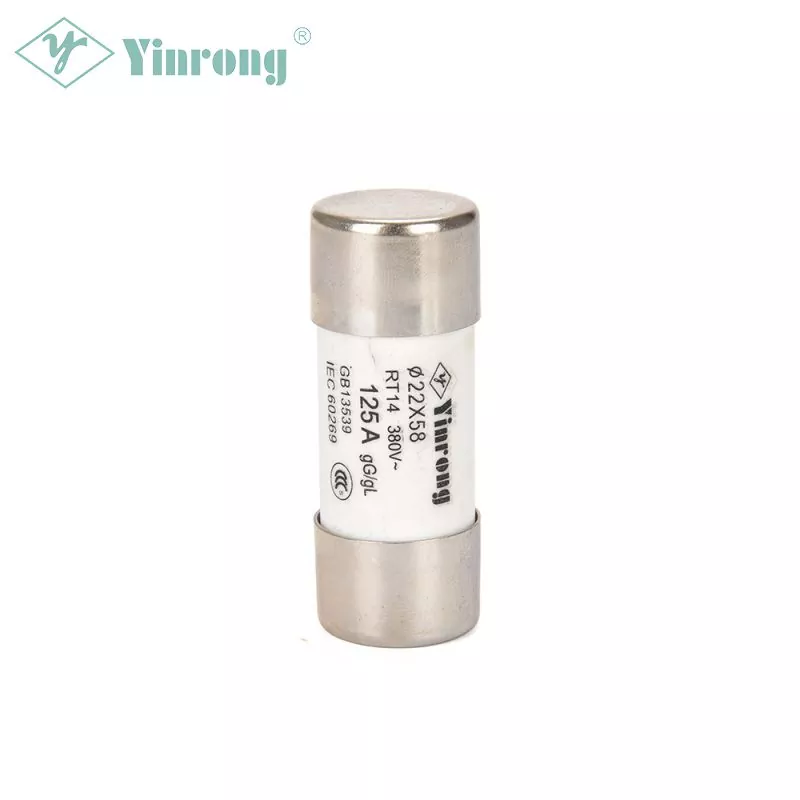industry news
Two fundamental categories, Signal Relays and Power Relays, often cause confusion despite their distinct roles. Understanding their differences is crucial for optimal circuit design. At Forward, we specialize in engineering both types to meet precise application demands, ensuring your projects benef......
Read MoreKeyboard precision stampings refer to the high-accuracy metal components used in keyboard assemblies, including switch housings, dome structures, contact plates, and structural reinforcement parts. These micro-engineered components play a central role in ensuring stable keystrokes, consistent electr......
Read MoreThe evolution of the modern smart home is built upon a foundation that is often overlooked: the Electrical Wiring Accessories. These crucial components, including switches, sockets, and connectivity modules, are the silent enablers of convenience, safety, and intelligence.
Read MoreAs pet owners demand cleaner, safer, and more efficient grooming routines, the Small Electric Pet Grooming Shear has quickly become an essential tool—especially for brands like Zhejiang Lohas Pet Supplies Co., Ltd., known for precision and durability. In this article, I explore its functions, benefi......
Read MoreIn the precise world of low-current switching, the reliable operation of Signal Relays is critical for system integrity. Understanding their potential failure modes is key to designing robust circuits and ensuring longevity. As a leader in component manufacturing, Huaguan designs its Signal Relays t......
Read MoreA frequently blowing AC Cylindrical Fuse is more than just an inconvenience; it’s a critical symptom of an underlying issue in your electrical system. Persistent fuse failure disrupts operations, risks damage to expensive equipment, and poses a safety hazard.
Read More




